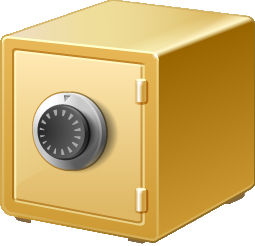 Pictures and news are coming out of California that I never thought I’d see again: lines of people making a run on a bank—a formerly big bank—in a panic about their money. The police were called in as balances and interest disappeared and answers didn’t come fast enough.
Pictures and news are coming out of California that I never thought I’d see again: lines of people making a run on a bank—a formerly big bank—in a panic about their money. The police were called in as balances and interest disappeared and answers didn’t come fast enough.
Granted, we have a ways to go when it comes to the repercussions of the mortgage lending mess, but we, as depositors, have control over one thing: where we put our money. If you have an account with FDIC insurance, you should never be in a line at the bank to pull your money. Here’s a walk-through of how you can make sure your money is safe:
1) Confirm that your deposits and banking institution has FDIC insurance. If you’re not sure, head to FDIC.gov and check.
2) Know that FDIC insurance is aggregate—meaning, it’s not $100,000 of insurance on each your checking and savings accounts but your holdings as a whole. To find out which of your accounts is insured, and which is not, use the FDIC’s EDIE tool.
3) Know the guidelines: Insured up to $100,000 = savings, checking, CDs, trusts. Insured up to $250,000 = Individual retirement accounts (IRAs) which include 401(k)s, 403(b)s and Roths. NOT insured = investments such as stocks, bonds, mutual funds, life insurance and annuities.
If you have more than the insured limit at a bank or institution, spread your money around between banks such as $90,000 at Bank G and $40,000 at Bank B, etc.
Some folks who made a run for their insured money at IndyMac couldn’t get it all out within a day or so but they will. It is insured. That’s why the FDIC was formed after the Depression—to protect our funds. Banks may do funny stuff (subprime lending, for example) that has an effect they didn’t plan for, but we can make sure that we don’t give them our business beyond what is insured.
